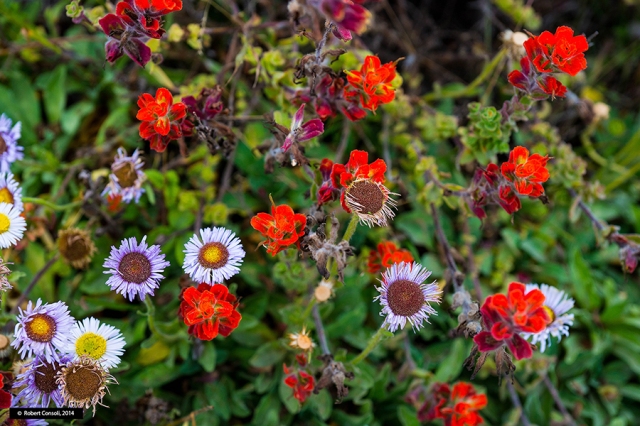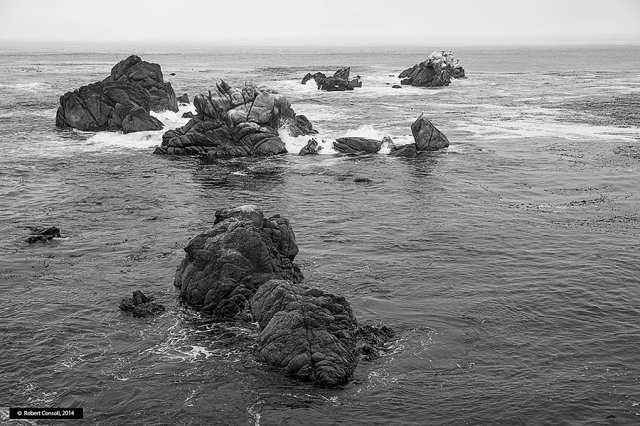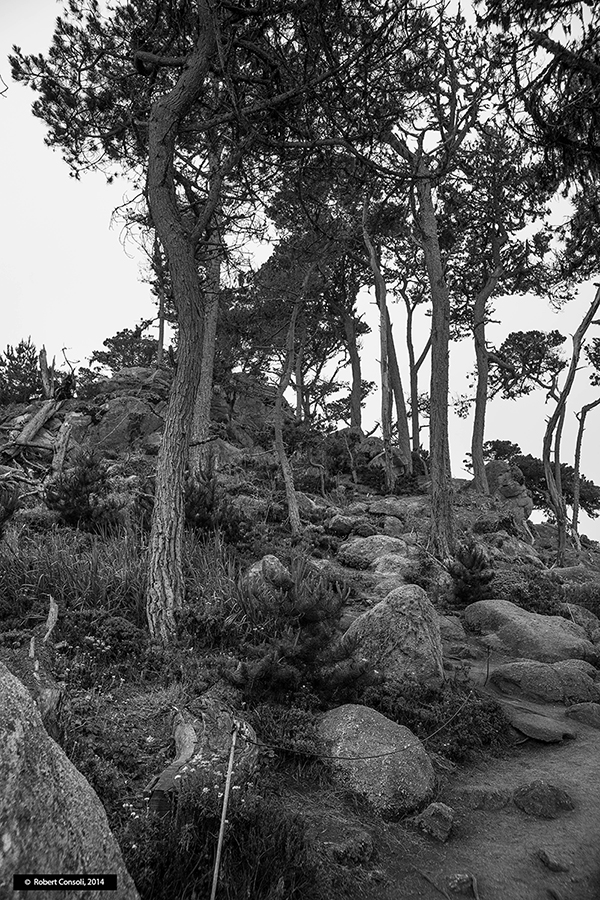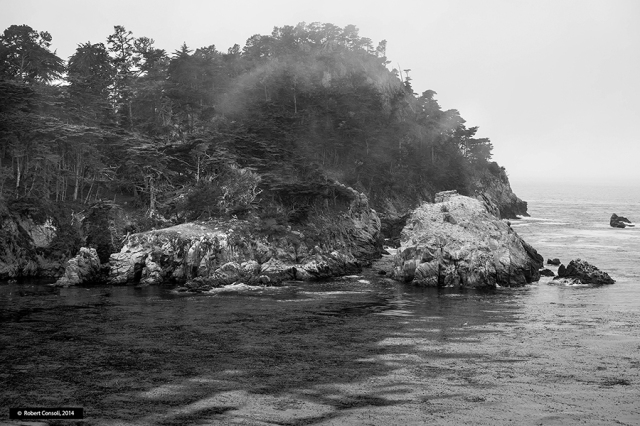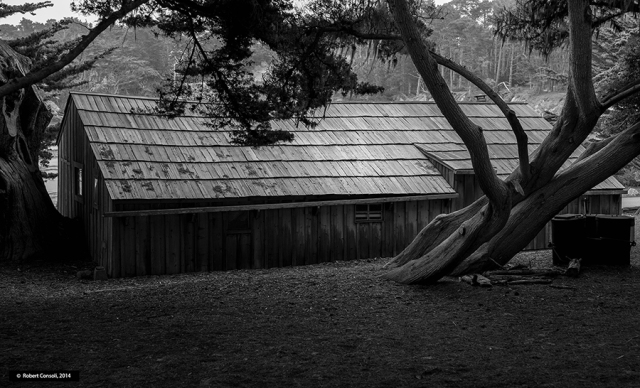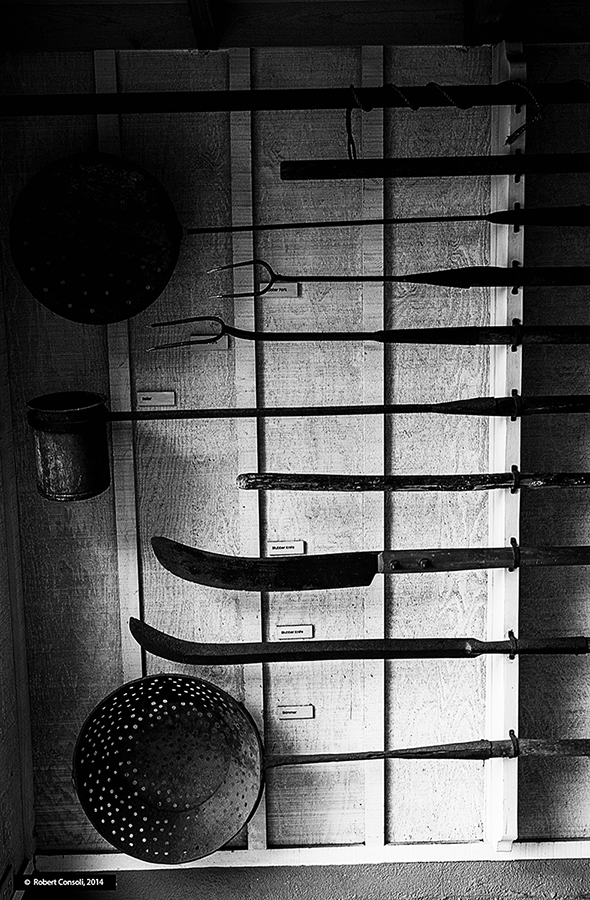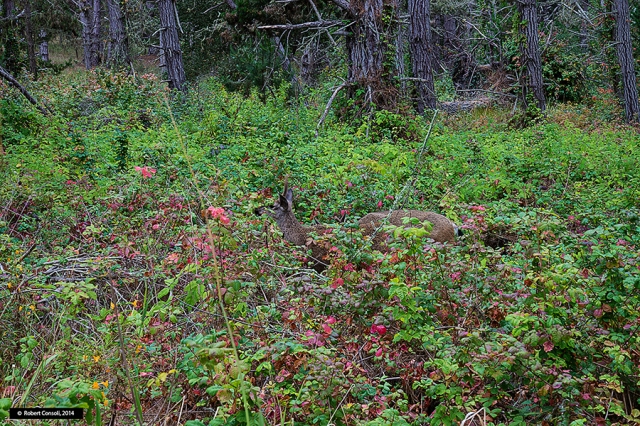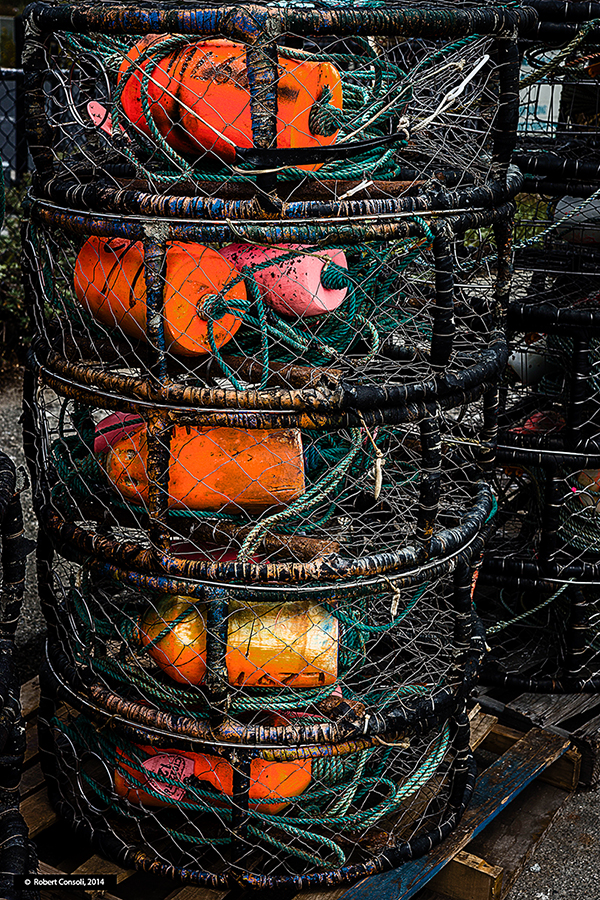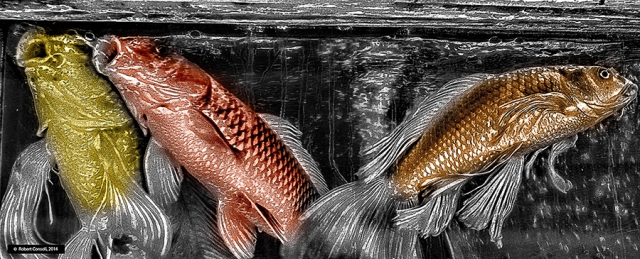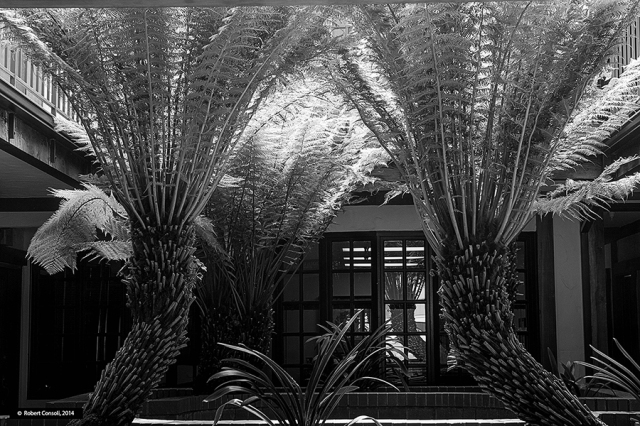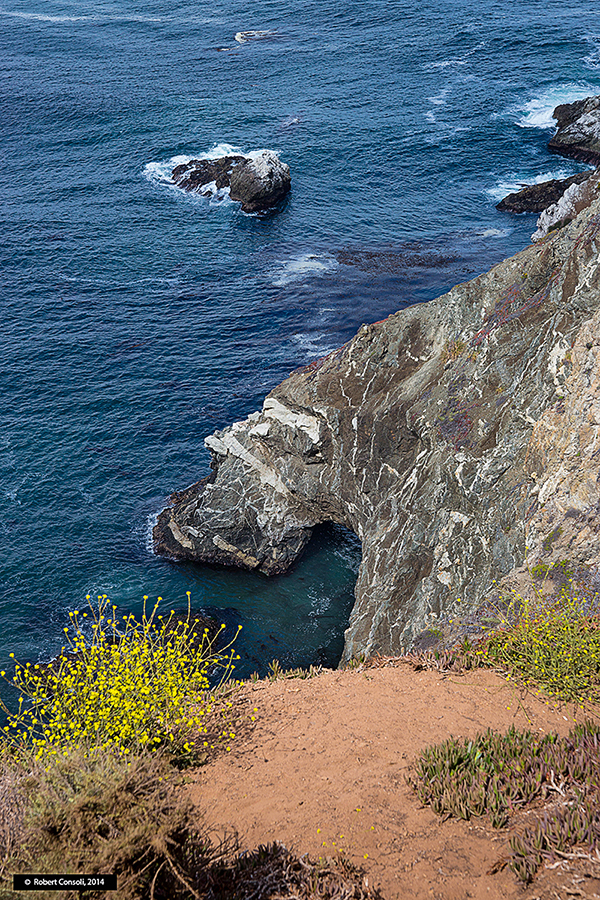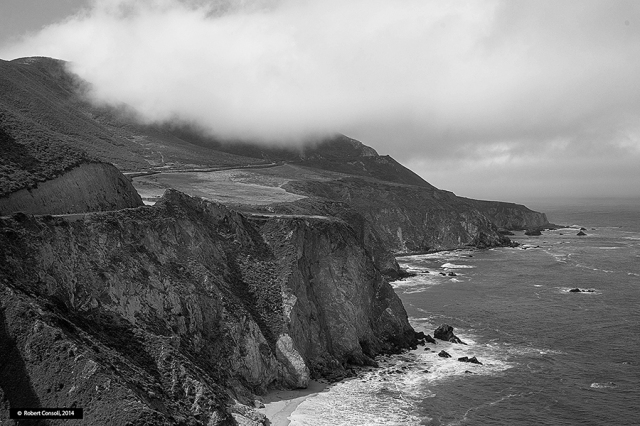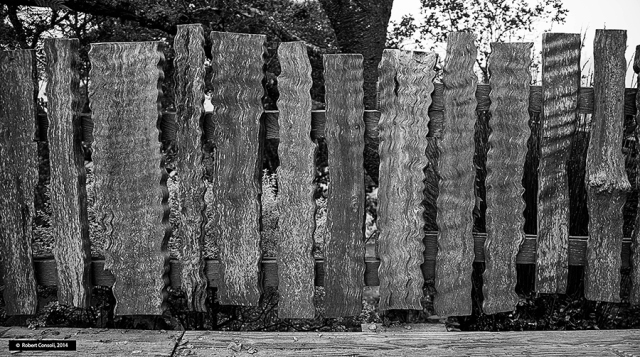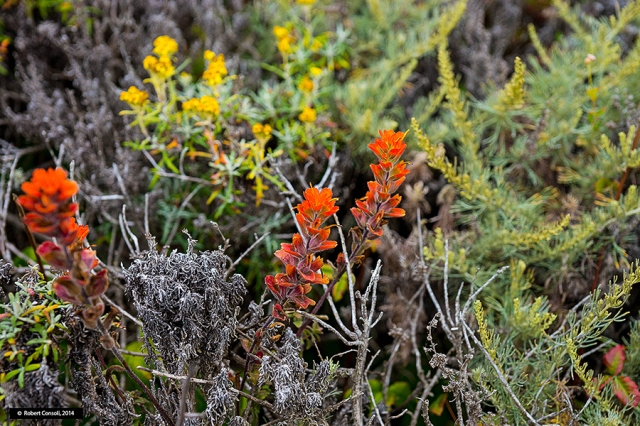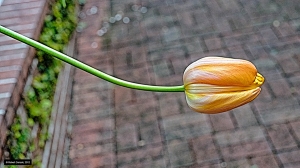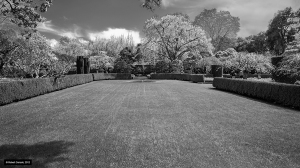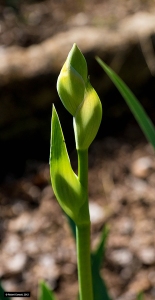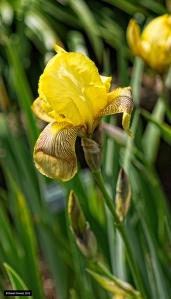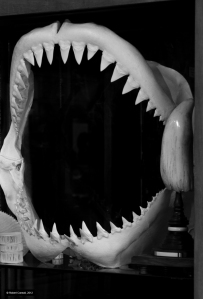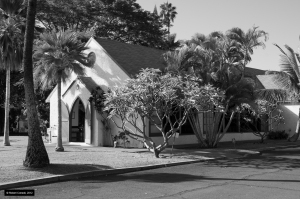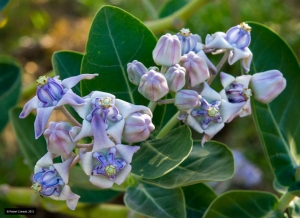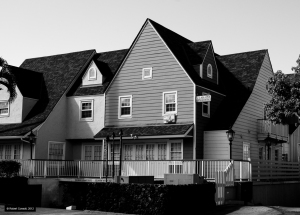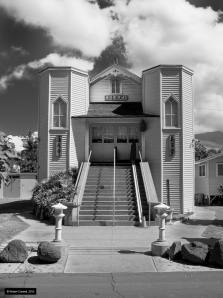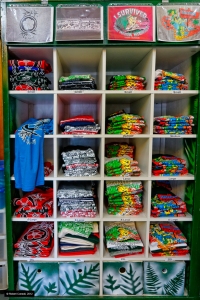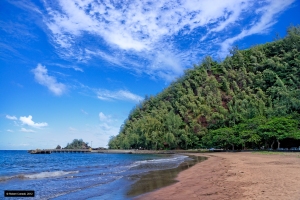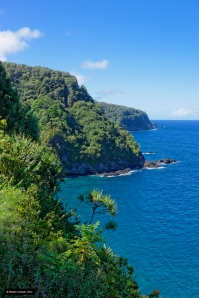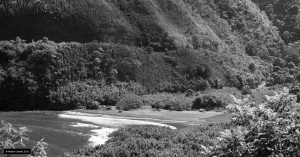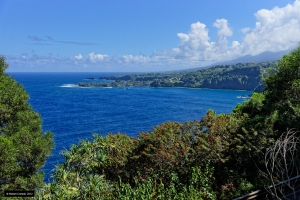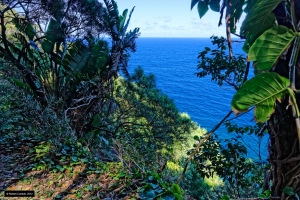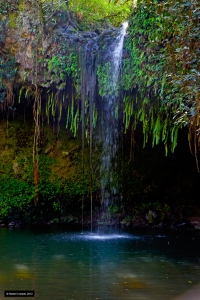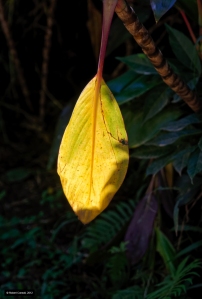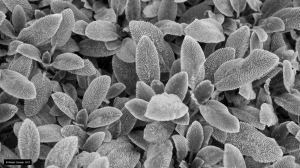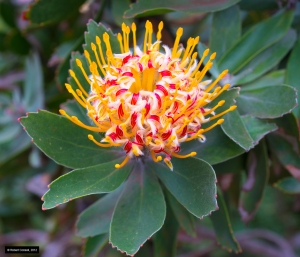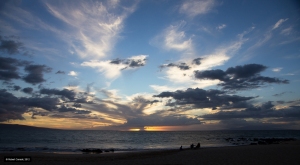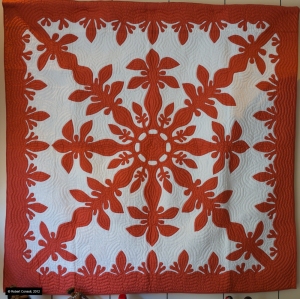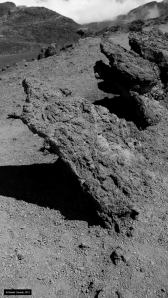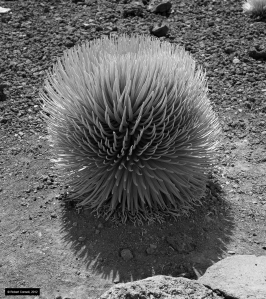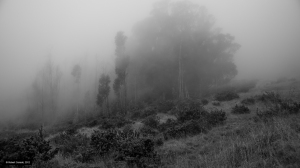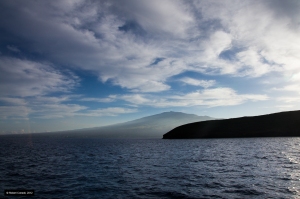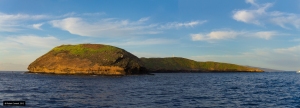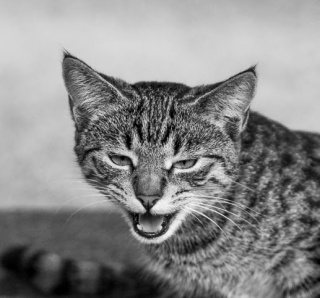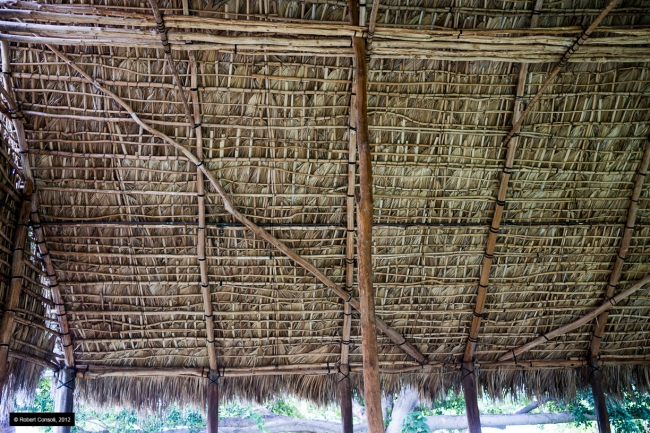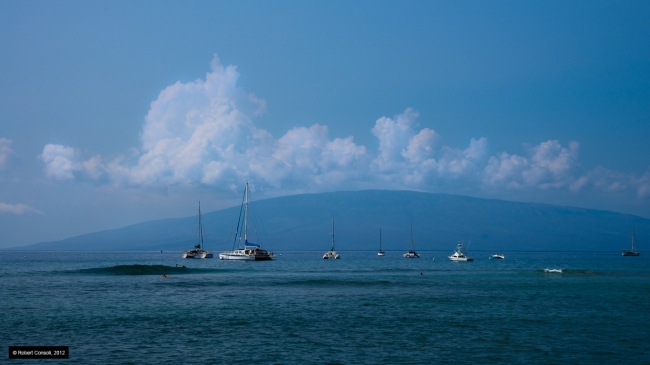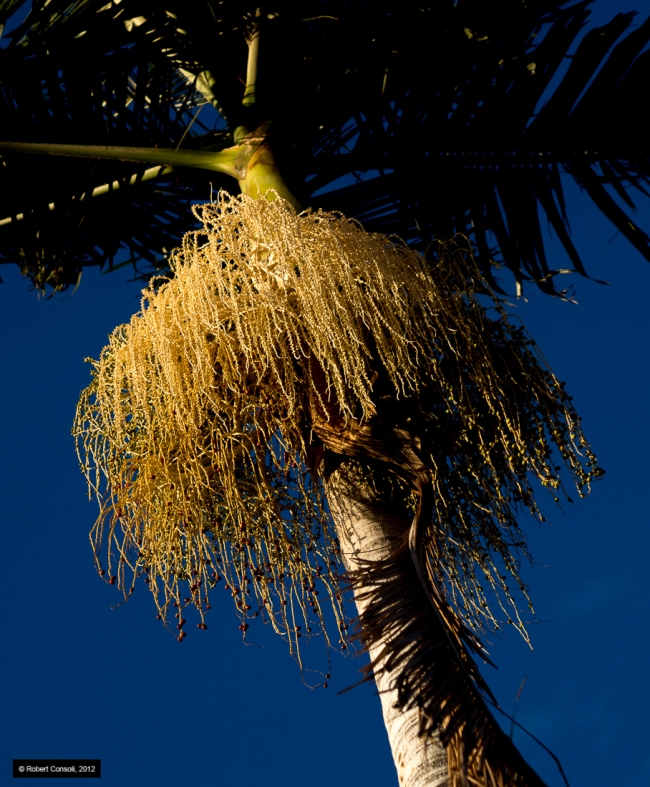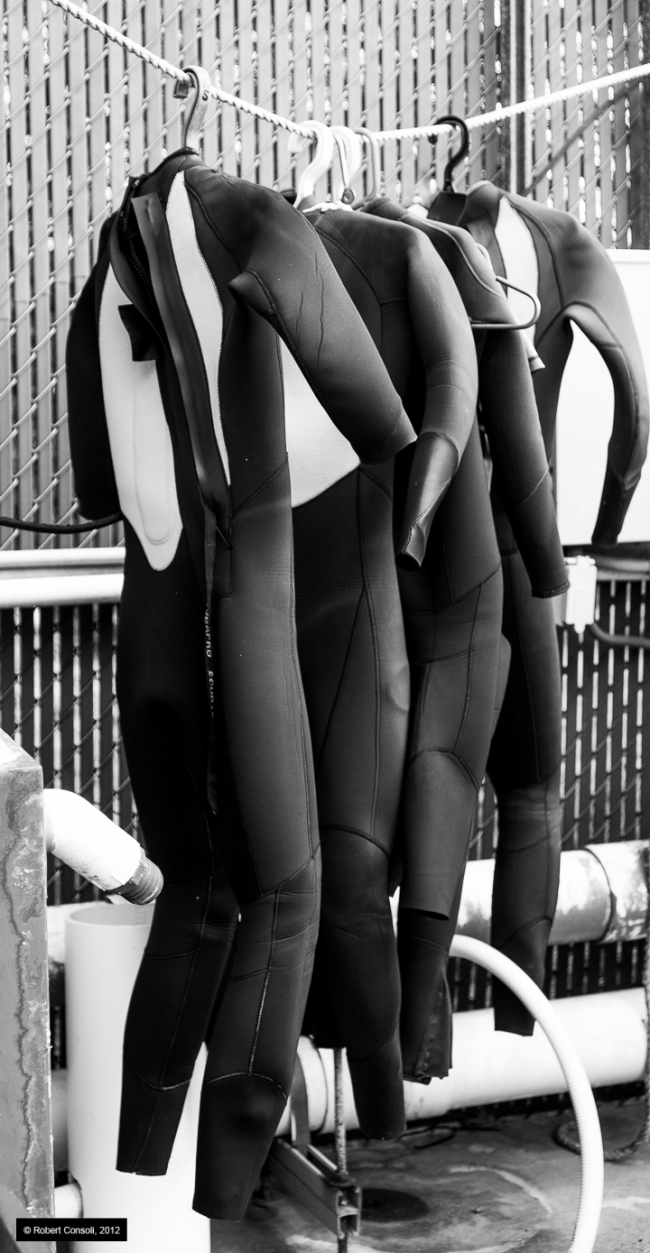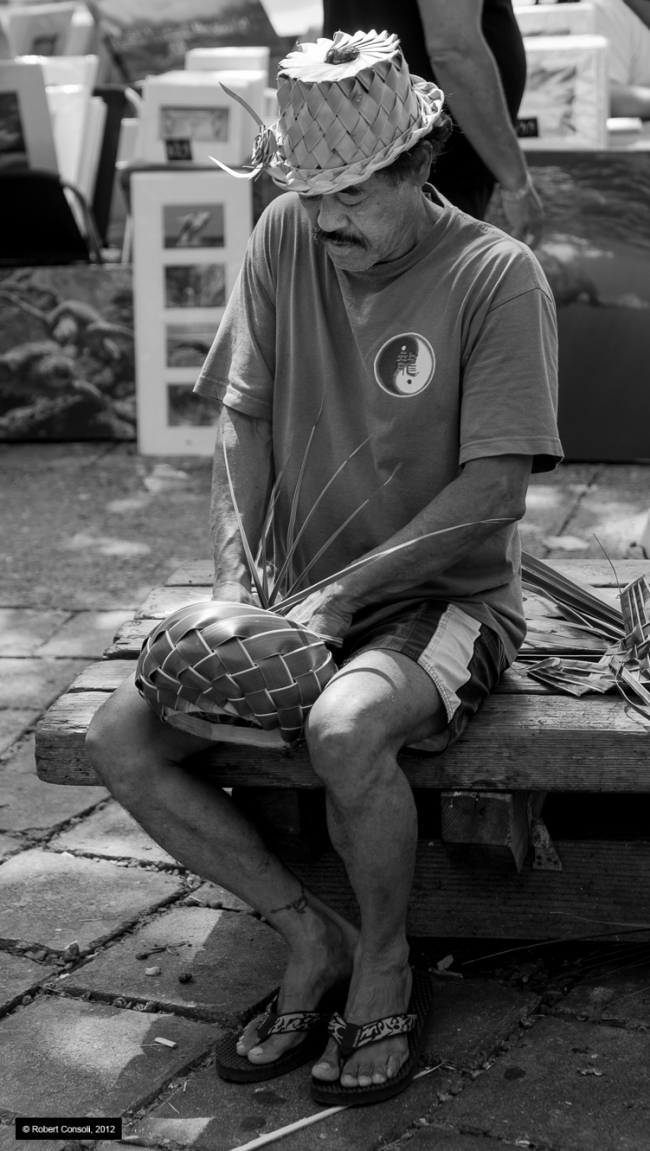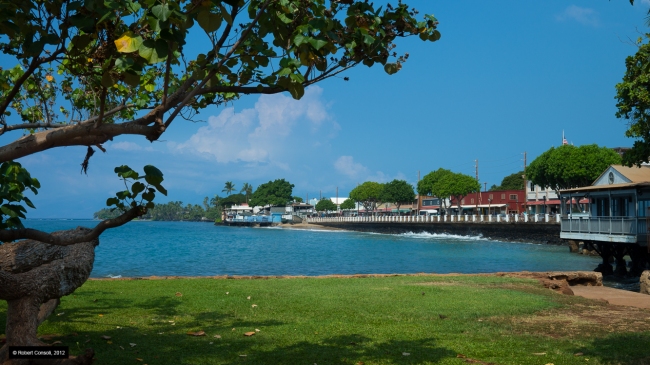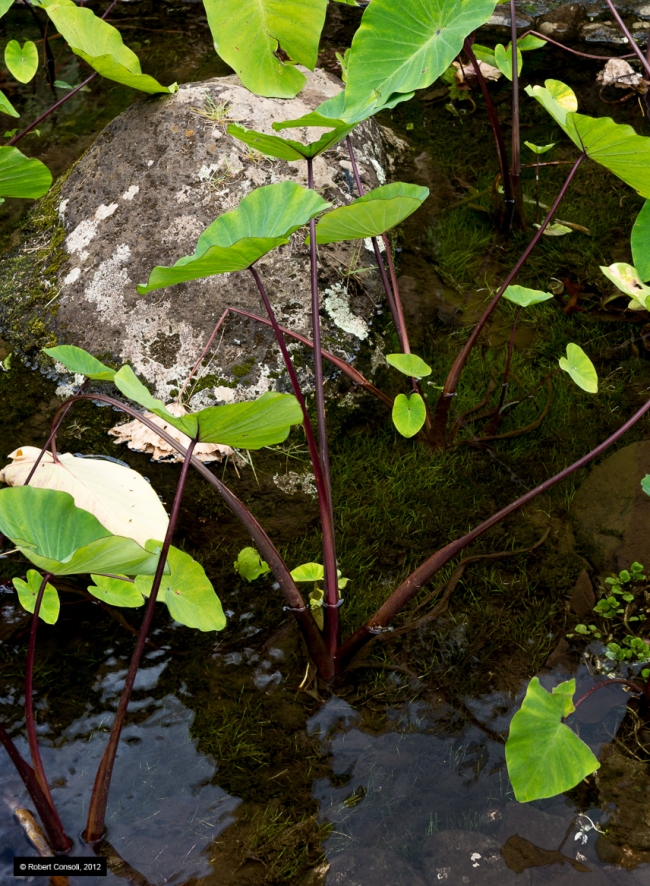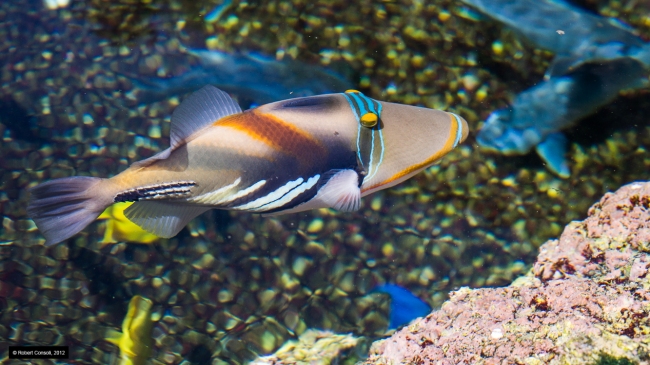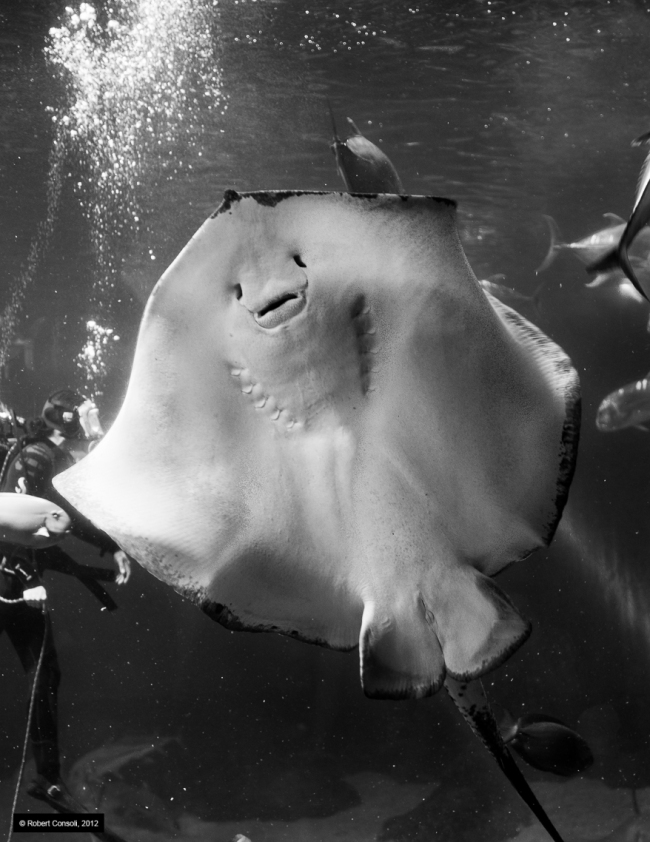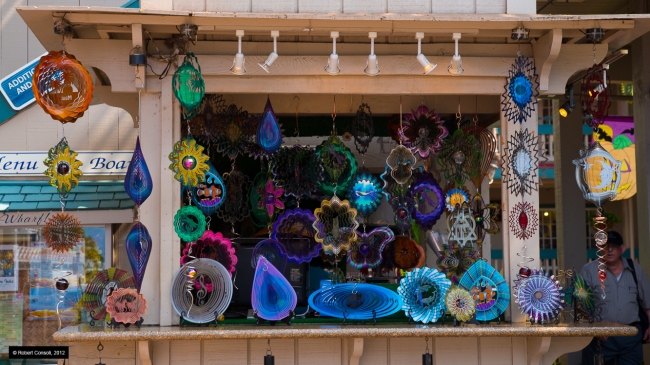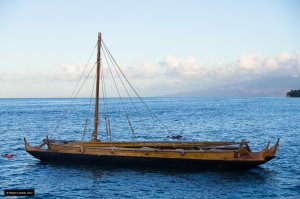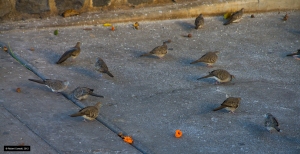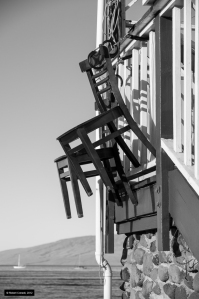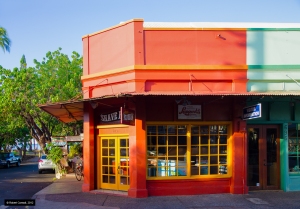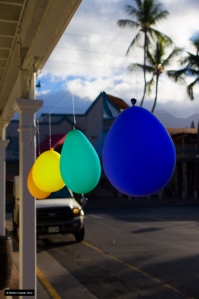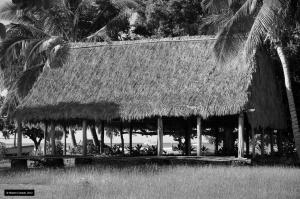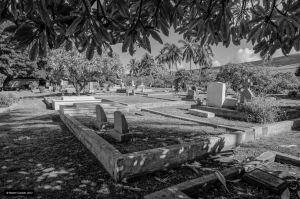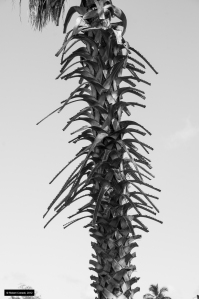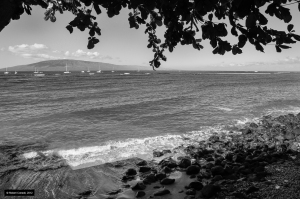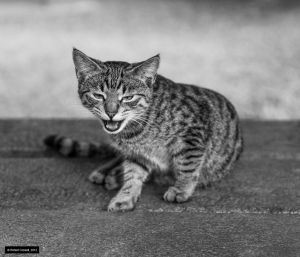In my last blog post I said that the ancient Spartans like all Greeks of that time were patrilinear; that is, that they traced descent exclusively through the male line. And I suggested that this was preceded by patrilocality which we know that they also practiced. But I also suggested that there appear to be peculiar matrilinear characteristics in what we are told of Spartan married life. In support of this point I mentioned Plutarch’s cryptic remark about children not being the property of the father. This is a behavior usually found among matrilineal societies.
More, I said that adultery was an extremely serious matter in patrilineal systems but that this appears not to have been the case among the Spartans. In Xenophon’s Spartan Constitution we read the following:
“He (Lycurgus) observed, however, that where an old man happened to have a young wife, he tended to keep a very jealous watch on her. So he planned to prevent this too, by arranging that for the production of children the elderly husband should introduce to his wife any man whose physique and personality he admired. Further, should a man not wish to be married, but still be eager to have remarkable children, Lycurgus also made it lawful for him to have children by any fertile and well-bred woman who came to his attention, subject to her husband’s consent.”(1)
The question that concerns us is to what lineage (genos) did a child belong when born as a result of such a liaison? There are three possibilities. The woman is born into genos X, she marries into genos Y (exogamous), and has a sexual encounter with a man in genos Z. To which genos does the child belong?
In commenting on this passage Lipka says this:
“The children of the man (for the sake of clarity he may be termed [A]) who had asked another man (termed [B]) for his wife to beget children, remained in the oikos of the former (i.e. [A]). He could recognize them or refuse recognition. One may suggest that in the latter case the physical father [B] would have the right of adoption. At any rate, children begotten in this way would be uterine siblings of the same genos (i.e. the genos of their mother) in relation to already existing sons of either man …”(2)
Compare this to Herodotus’ description of the matrilineal practice of the Lycians:
“…they have one unique custom of their own which is not observed among any other people. They name themselves after their mothers and not their fathers. If one person asks another who he is, he will recite his maternal lineage, recounting his mother and grandmother and the mothers before her. And if a native free woman has children by a slave, their children are considered legitimate; but if a native free man has a foreign wife or concubine, their children have no civic status or civic rights.” (3)
The point of comparison is that the children in both schemes inherit the status (in this case kinship rights) of their mothers. Against my argument it may be urged that this entire process in Sparta is under the control of the husband and that the wife, considered as merely the resting place in which the male seed develops, has nothing to do with it. But the similarity remains. The wife takes a lover, becomes pregnant, and her child is a fully legitimate member of her kinship – very different from the usual practice in patrilinear societies. Adultery has little or no meaning in Sparta. Plutarch says this:
“The freedom which thus prevailed at that time in marriage relations was aimed at physical and political well-being, and was far removed from the licentiousness which was afterwards attributed to their women, so much so that adultery was wholly unknown among them.
And a saying is reported of one Geradas, a Spartan of very ancient type, who, on being asked by a stranger what the punishment for adulterers was among them, answered: ‘Stranger, there is no adulterer among us.’ ‘Suppose, then,’ replied the stranger, ‘there should be one.’ ‘A bull,’ said Geradas, ‘would be his forfeit, a bull so large that it could stretch over Mount Taÿgetus and drink from the river Eurotas.’ Then the stranger was astonished and said: ‘But how could there be a bull so large?’ To which Geradas replied, with a smile: ‘But how could there be an adulterer in Sparta?’ Such, then, are the accounts we find of their marriages.”(4)
Very unusual behavior in a patrilinear society. For such a thing to be true for the reasons stated (‘physical and political well-being) it would be necessary for there to be no organizing body whatsoever between the individual and the ephorate itself. The mechanisms of kinship would have to have entirely evaporated. This is a most unlikely prospect. A downgrading such as this of the seriousness of adultery (I dismiss the eugenic arguments of Plutarch and Xenophon as ex post facto rationalizations) is one of the classic forms in which a unilineal scheme which is losing its descent gender replenishes itself and it is also a factor in the development of full matrilinear forms. Xenophon comes close to admitting this by adducing the example of an elderly husband with a young wife.(5) If the pressure of loss of descent gender continues and grows more severe the entire system may transition into something very different from its original form.
I do not deny that Sparta’s kinship systems were patrilineal. I do maintain that a long history of military adventures and the functional sequestration of the men produced pressures of the kind that we associate with a transition to matriliny.
In my next post I will attempt to put a little simulated flesh on these bones by investigating what the Spartan Demographic Initiative may tell us in the face of such pressures.
NOTES
(1) Talbert (1988), 167. For a commentary see Lipka (2002), esp. 110-112.
(2) Lipka (2002) 112. Greek transliterated by me.
(3) Herodotus (2007) 95.
(4) Plutarch, Lyc., xv, 9-10. In Perrin (1914).
(5) At times Xenophon’s reasoning approaches the commedia dell’arte.
BIBLIOGRAPHY
Herodotus (2007). The Landmark Herodotus. The Histories. Robert B. Strassler, ed., Anchor Books, Random House, New York. 2007.
Lipka (2002). Xenophon’s Spartan Constitution: Introduction, Text, Commentary, De Gruyter, 2002. Lipka is epitomized online here.
Perrin (1914). Plutarch Lives, I, Theseus and Romulus. Lycurgus and Numa. Solon and Publicola. Harvard University Press (LCL). 1914. Online here.
Talbert (1988). Richard J.A. Talbert, Plutarch on Sparta, Penguin. 1988.

